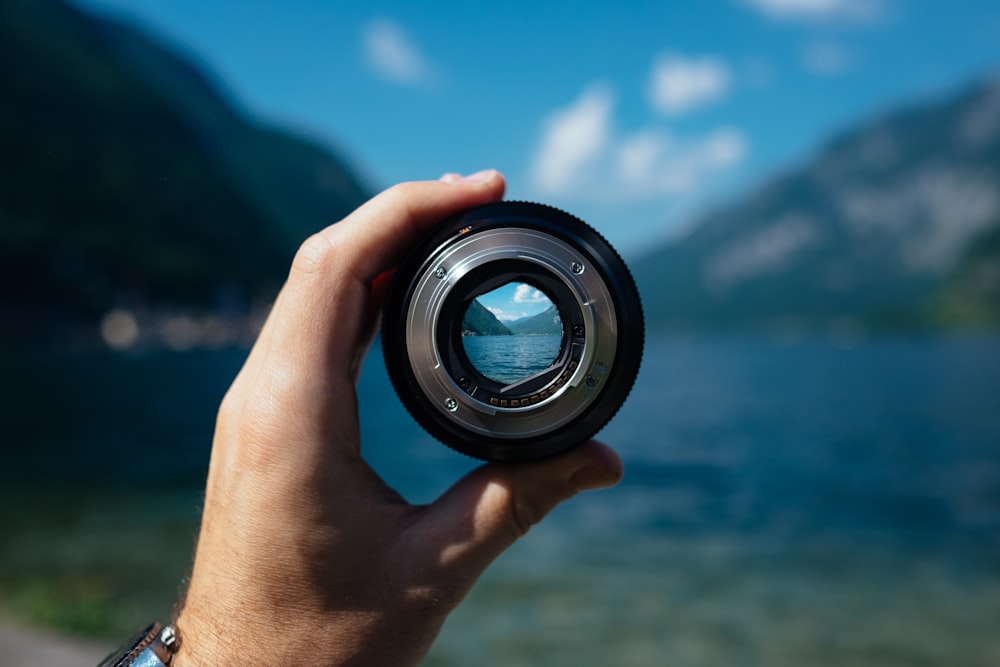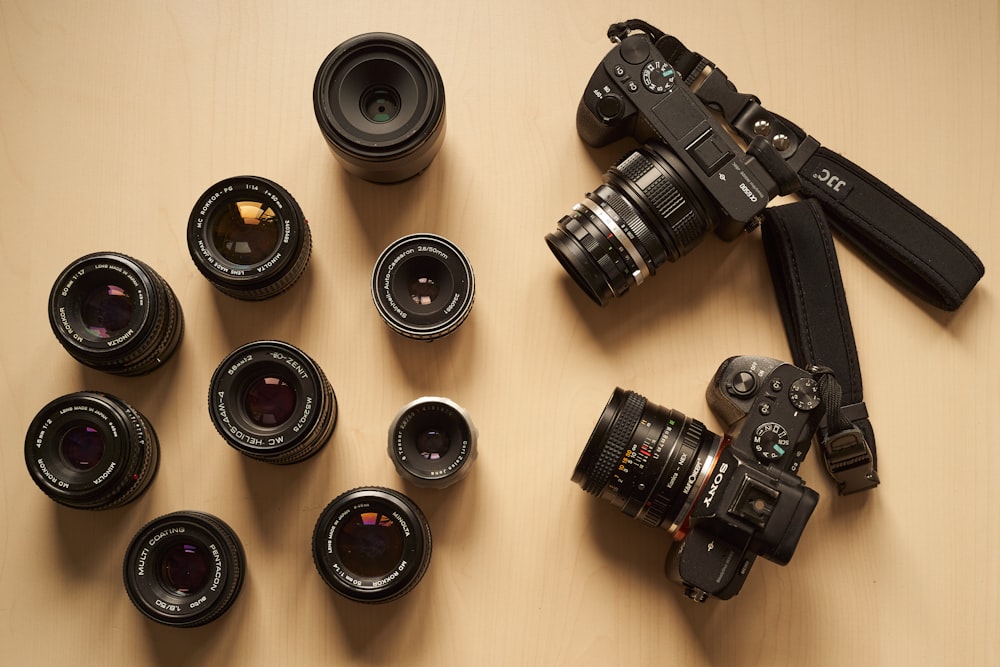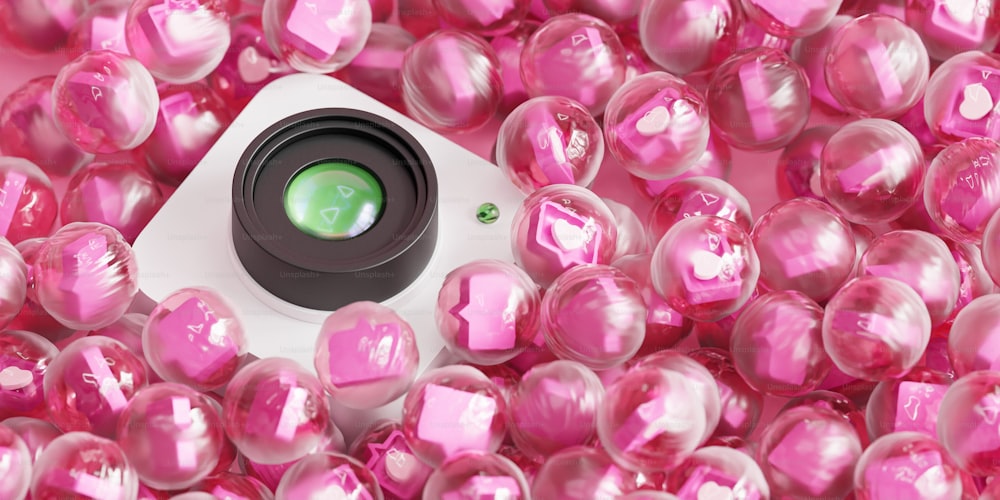For stunning visuals, photographers need to understand the technical aspects of capturing images. Aperture is a key element of exposure. We discuss what aperture in photography is in this article, including its significance, settings, and effects. In the end, you’ll be able to understand how aperture affects your photographs and how to use it effectively.
What is the Aperture in photography?
A lens’s aperture is what allows light to pass through its diaphragm. An f/stop is usually expressed as a number (1.4, 2, 2.8, 4, 5.6, 8, 11 and 16) and is calibrated in f/stops. The lower the f/stop, the greater the exposure, while the higher the f/stop, the smaller the exposure. It may seem contradictory at first, but as you experiment with different f/stops, the meaning will become obvious. Learn how to set your camera’s Aperture Priority first, then experiment to understand the effects different apertures will have on your final image.
Understanding Aperture
The Basics of Aperture
A camera’s aperture is the opening within the lens through which light passes to the image sensor. By controlling the amount of light entering the camera, it functions like the pupil of the human eye. There are several different aperture settings, each measured in f-stops, such as f/1.4, f/2.8, f/5.6, and so on. In this case, the aperture opening is indicated by these values.
Aperture and Light Control
In order to control the amount of light entering the camera, photographers need to control the aperture. Depending on the desired effect, they can brighten or darken their images by adjusting the aperture. Having control over light is crucial in ensuring proper exposure and accurate representation of the subject under various lighting conditions.
Aperture Settings and Effects
Aperture Values and F-Stops
By f-stops, aperture values are expressed, which determine how large the aperture opening is. Low f-stop values, such as f/1.4 or f/2.8, result in shallow depths of field because they allow more light to pass through. In contrast, smaller apertures are associated with higher f-stop values, such as f/11 or f/16.
Depth of Field
The depth of field in a photograph is the distance between sharply focussed areas. The aperture setting is one of the factors that affect it. Shallow depth of field is produced by large apertures (low f-stops), blurring the background and isolating the subject. The foreground and background are both in focus when the aperture is narrow (high f-stop).
Bokeh and Background Blur
Photographs that have out-of-focus areas are said to have bokeh. Aperture shape and number of blades influence it. Soft and creamy background blur is created by a wide aperture, resulting in pleasing bokeh. This technique is often used by photographers to draw attention to their subject and create a visually appealing composition.
Choosing the Right Aperture
The Creative Aspect
Photography is a creative process that relies heavily on aperture. In addition to controlling the depth of field and emphasizing the subject, photographers can create a specific mood in their photos by selecting the appropriate aperture. Photographic storytelling becomes more artistic and intentional when you understand how aperture affects the overall composition.
Portraits and Aperture
It is important to choose the aperture properly when capturing portraits in order to achieve the best results. Wide apertures, such as f/1.8 or f/2.8, produce shallow depth of field, which blurs the background and draws attention to the subject’s face. As a result, the subject is isolated, resulting in a more intimate and visually pleasing portrait.
Landscape Photography and Aperture
A shallow depth of field is often desirable in landscape photography to keep the foreground and background in sharp focus. This is accomplished by using narrow apertures, such as f/11 or f/16. Depth of field allows them to convey the vastness of the landscape and ensure a balanced composition by capturing the intricate details.
Aperture Priority Mode
Benefits and Applications
The aperture priority mode on most modern cameras can be found on the mode dial, indicated by a “A” or “AV”. The camera will automatically adjust shutter speed and ISO according to the aperture set by the photographer. Many photographers prefer aperture priority mode because it provides flexibility and control over depth of field.
Adjusting Aperture Settings
It is easy to adjust the aperture when using aperture priority mode. Photographers can adjust the aperture value by rotating the camera’s main control dial or by using the aperture control wheel. A well-exposed image is achieved by calculating the shutter speed and ISO using the camera’s light metering system.
FAQs
Does a larger aperture always result in better image quality?
There are a number of factors that influence the quality of image, including aperture, depth of field, and bokeh. A photographer’s technique and the quality of the lens also influence the quality of the image.
Can I change the aperture on any camera?
DSLR and mirrorless cameras, as well as most interchangeable lens cameras, allow you to change the aperture setting. Aperture control may not be available on some compact cameras or fixed-lens cameras.
How can I achieve a sharp focus across the entire image?
In order to increase the depth of field of your image, you can narrow the aperture (higher f-stop value). Sharpness can also be achieved by using manual focus and carefully adjusting the focus point.
Is a wide aperture suitable for all types of photography?
In certain situations, such as close-ups or portraits, a wide aperture may be beneficial, but it isn’t always necessary. Landscape photography or group shots often benefit from a narrower aperture that creates a greater depth of field.
Can I change the aperture during video recording?
Changing the aperture while recording video can cause abrupt exposure changes on some cameras. The aperture should be set before recording and adjustments should be avoided unless absolutely necessary.
Final Thoughts
Aperture is one of the most fundamental elements of photography, allowing photographers to control light entering the camera and influencing depth of field. In order to capture compelling photographs, it is crucial to understand how aperture settings affect exposure and composition. In order to elevate their visual storytelling, photographers must master the use of aperture.
Looking for a new camera but not sure which one to buy? Take our simple quiz to help guide you. It was created with a number of photographers to give best advice
Which Camera should I buy in 2025? – Take Our Camera Quiz – Photography Revision






